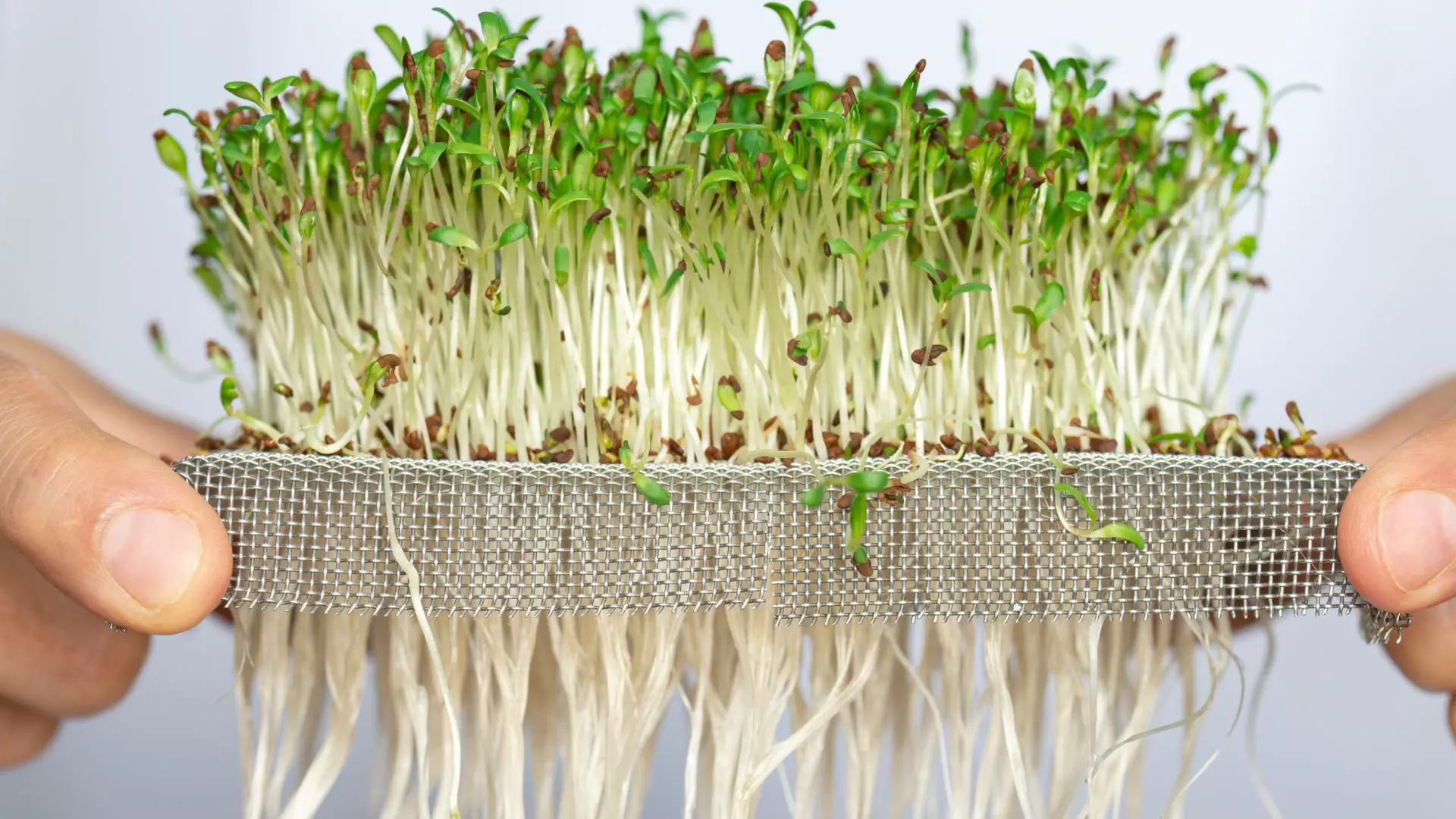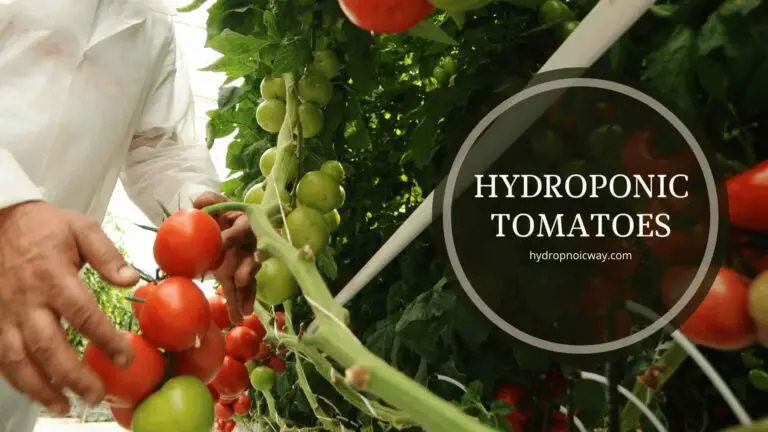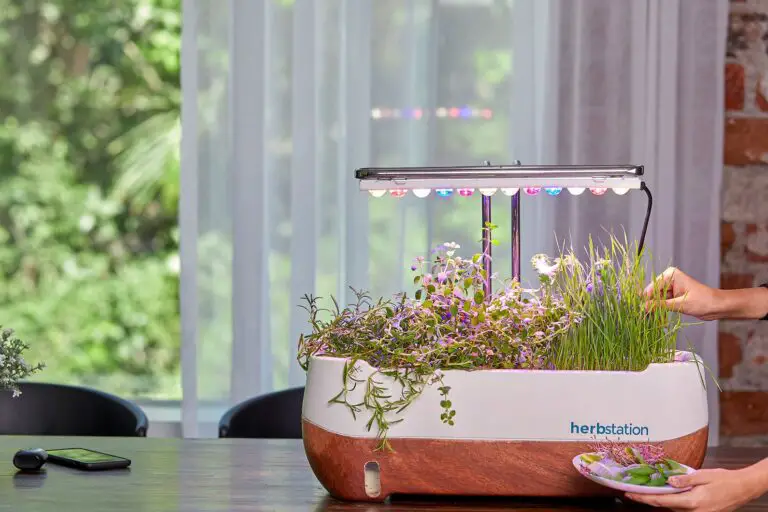How to Grow Microgreens Hydroponically?
Disclosure: Your purchases through our links may earn us a small commission, supporting our site’s ability to provide valuable information to our readers. Rest assured, it won’t impact your price. Thank you for your support.
Growing microgreens hydroponically can be a rewarding and fun gardening experience. Not only is it an excellent way to get fresh and nutritious microgreens all year round, but it also requires very little in terms of setup and maintenance. Growing hydroponic microgreens allows you to control the environment in which they grow, creating the perfect environment for maximum growth.
With the right hydroponic system, seeds, and maintenance practices, anyone can successfully cultivate microgreens at home. Follow this guide, and you’ll be able to harvest tasty, nutritious microgreens in no time!
What Are Microgreens?
Microgreens are young vegetable greens typically harvested and eaten when just a few weeks old. They can be grown from a wide variety of vegetables such as mustard, kale, radish, cabbage, arugula, and many more. Microgreens are usually about 1-3 inches in size, with leaves that range from green to purple, depending on the type of vegetable.
Why Grow Microgreens?
Microgreens are incredibly nutritious, containing up to 40 times more nutrients than their fully-grown counterparts. They also provide intense flavor and color to dishes, making them a great way to add flavor and nutrition to meals. Microgreens are also easy to grow, requiring less space and time than regular vegetables.
What Do Microgreens Taste Like?
Microgreens can vary in flavor from sweet to spicy or bitter, depending on the type of vegetable they come from. Some popular flavors include radish, mustard, arugula, and kale. They are usually quite mild and can add an extra burst of flavor to salads and other dishes.
What Are the Health Benefits of Microgreens?
Microgreens are packed with vitamins, minerals, antioxidants, and other nutrients that can help support overall health. They also contain high amounts of fiber, which helps to promote digestive health. Studies have also shown that microgreens can help reduce inflammation in the body and lower cholesterol and blood sugar levels.
What Are the Basic Steps to Grow Microgreens Hydroponically?
- Choose a suitable container for growing microgreens hydroponically. A deep water culture (DWC) system, deep flow technique (DFT), bubbleponics, or a Kratky method are all suitable for growing microgreens hydroponically.
- Select a nutrient solution to use in the container – either a commercial hydroponic nutrient solution or one made from fertilizer, water, and pH buffers such as lime or vinegar.
- Fill the container with nutrient solution up to 1-2 inches below the top of the container. Place a lid on the container if using a DWC system to prevent evaporation.
- Add a layer of foam or cotton wool on top of the nutrient solution, and sprinkle seeds evenly over it.
- Cover the seeds with another layer of foam or cotton wool and mist them lightly with water to help keep them moist until they germinate.
- Place the container in a warm location with good indirect light, and keep it at a temperature of 70-75°F.
- Mist lightly every day to keep the growing medium moist but not soaked – too much water can drown your microgreens!
- Once the seedlings have sprouted and reached a few inches high, it’s time to start fertilizing – use a 1/4-strength hydroponic fertilizer and add it to the nutrient solution as per instructions on the package.
- Harvest your microgreens when they reach 2-3 inches in height – cut them off just above the growing medium line using scissors or a sharp knife.
- Rinse your microgreens in cold water and enjoy!
If you are looking to buy any complete hydroponic systems or any equipment you can select the best one suited for you.
Deep Water Culture (DWC) system
Kratky system
Kratky containers – Large, Kratky containers – Small
Hydroponic reservoir
Water pump
Net cups or net pots
Agricultural drone sprayers
Nutrient solution
Grow lights
LED grow lights
Timer
Air pump and Air stone
How to Harvest and Store Microgreens?
Microgreens should be harvested when they are 2-3 inches tall before the leaves become too large. Cut them off just above the soil line using scissors or a sharp knife. Rinse the microgreens in cold water to remove any soil or dirt, and pat them dry with a paper towel. Store the microgreens in an airtight container lined with damp paper towels in the refrigerator for up to a week.
Troubleshooting Common Problems
Growing microgreens hydroponically can be a rewarding experience, but as with any type of gardening, there are bound to be some issues along the way. Here are some common problems and solutions for troubleshooting your microgreen hydroponic garden.
1. Poor germination:
Ensure the container is in a warm location and the seeds are evenly spread across the growing medium. If necessary, adjust the amount of water you’re adding to keep it moist but not wet.
2. Poor growth:
Check for adequate light and warmth and proper fertilization. Adjust your nutrient solution to ensure it’s at the right strength and frequency.
3. Pests:
If you’re seeing pests, try adding some beneficial insects, such as ladybugs or lacewings, to help control the problem organically.
4. Wilting:
This can be caused by overwatering, so ensure the growing medium isn’t too wet. Check the roots to make sure they’re not rotting or infected.
5. Nutrient deficiencies:
If your microgreens show signs of nutrient deficiency, adjust your nutrient solution accordingly and check for any signs of disease or pests.
6. Disease:
If you suspect a disease in your microgreens, isolate it and treat the soil or growing medium accordingly.
With a bit of patience and practice, you can become an expert at growing microgreens hydroponically in no time! Enjoy the fresh flavors and nutrition of your homegrown greens.
Check the following Amazon links for buying monitoring devices and other important items for growing microgreens.
Digital ph meters and EC, TDS meters
pH adjusters for hydroponics
Algae control solution
Thermometer for hydroponics
Organic hydroponic nutrient solution
Conclusion
Growing microgreens hydroponically is an easy and rewarding experience, allowing you to enjoy the fresh flavors and nutrition of homegrown greens right in your home. With proper care, patience, and some troubleshooting tips, if necessary, you can become a successful grower in no time! The health benefits of microgreens are immense; they contain up to 40 times more nutrients than their fully grown counterparts, with intense flavor profiles that range from sweet to spicy or bitter. Whether it’s for personal use or as part of a larger business venture, growing microgreens hydroponically is sure to be an enjoyable and beneficial endeavor.
Thank you for reading!




